How The Pumpkin Diamond Got Its Vibrant Color
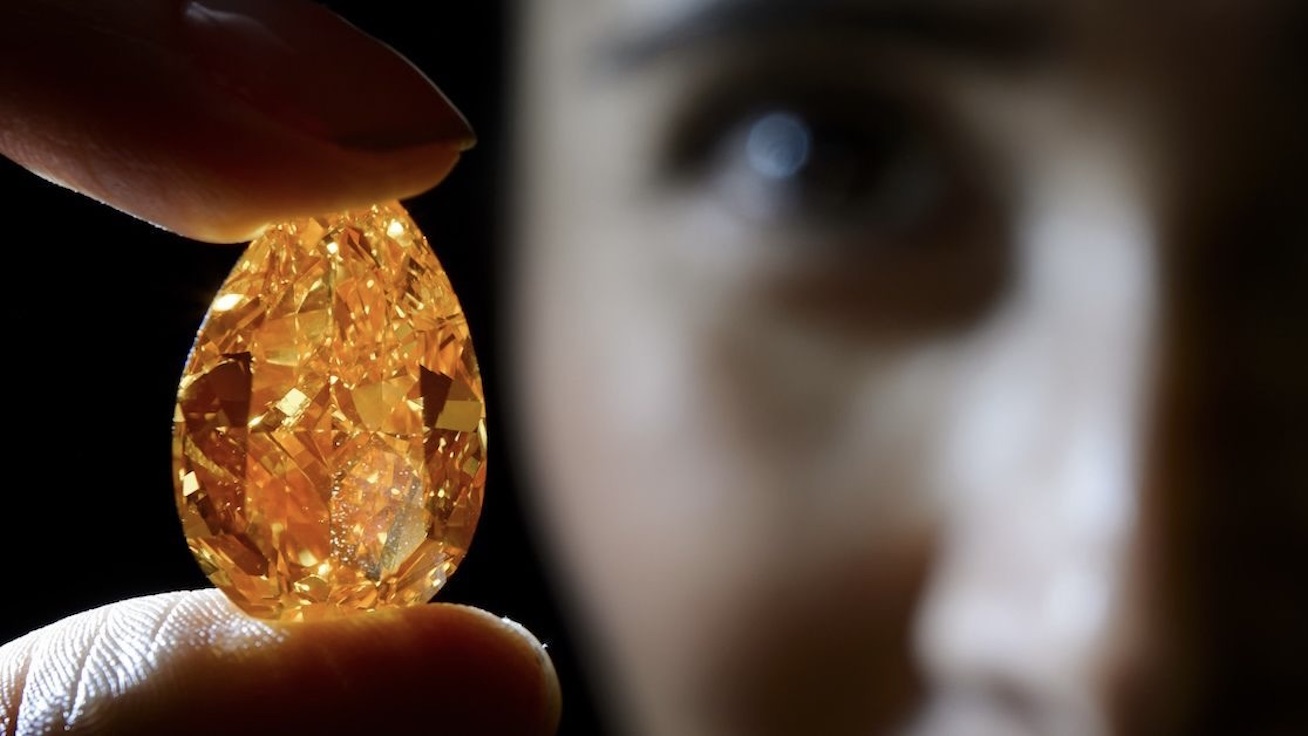

If you’re lucky enough to live in a region that experiences all four seasons, there is a good chance that Fall is your favorite. The weather is dreamy, the Pumpkin Spice Latte is back, Halloween is upon us, and you can finally wear the layers you are dying to be seen in. There is one thing that puts you in the mood for the season, Halloween especially, over any other. Just as other colors affect mood, orange instantly makes you want to carve pumpkins, sip hot apple cider, and stroll through crunchy leaves on the sidewalk. This mood-invoking color is found in all the seasonal decor but also throughout nature.
The rarest natural occurrence of orange happens to conjure the most spirit for the season while also being the most stunning. Natural orange diamonds are not only the most infrequent occurrence of orange in nature but are also among the rarest colors of all natural diamonds. Two famous orange diamonds stand out from the rest ever to be discovered.
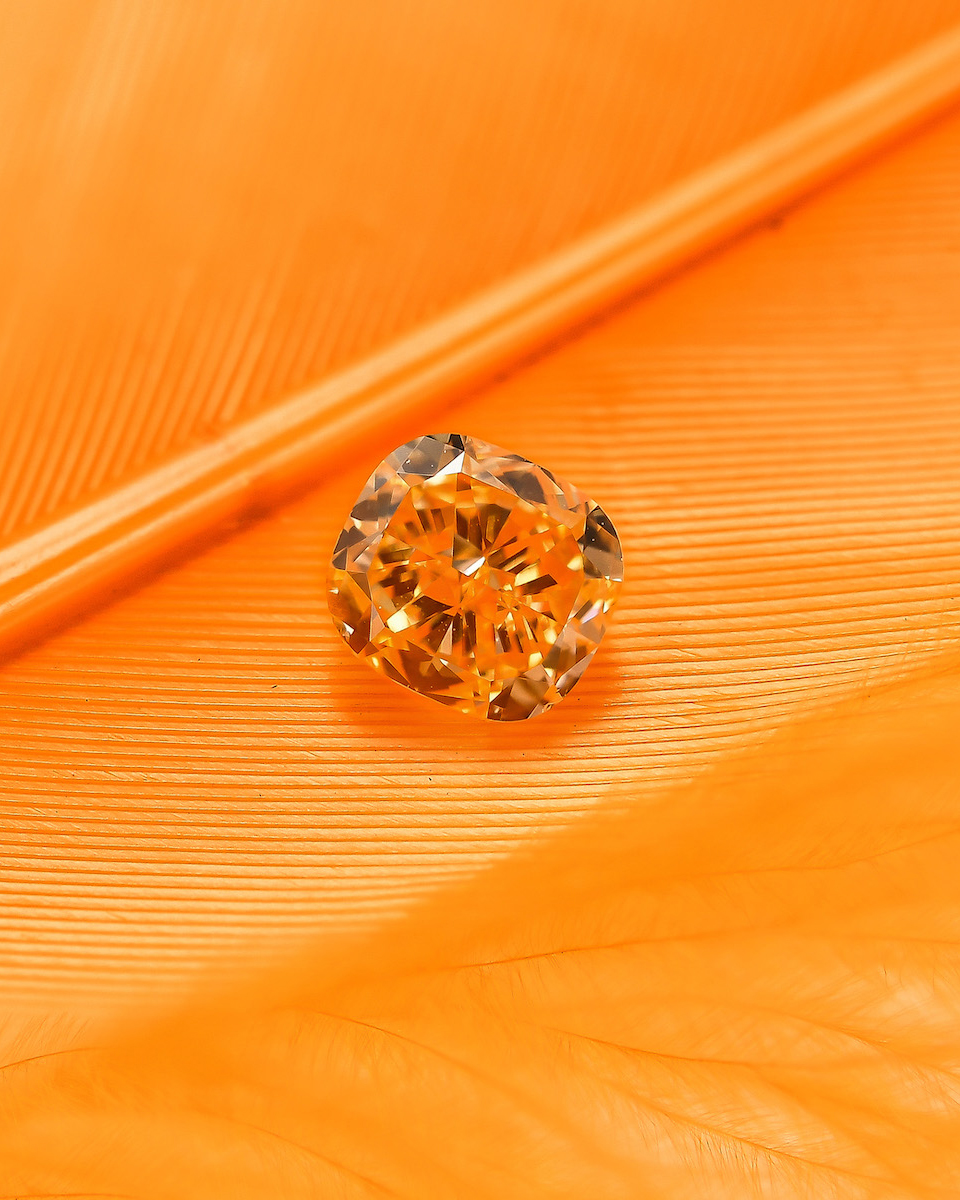
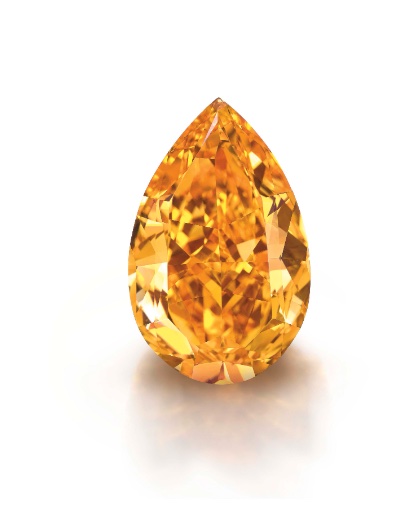
The Pumpkin Diamond
The first and perhaps the most famous is appropriately named The Pumpkin Diamond. The Pumpkin Diamond was found in the mid-1990s as an 11-carat rough diamond that exhibited a brownish-orange color. Legendary diamond cutter William Goldberg then purchased the rough stone with the hopes that he could maximize the beauty of the color in the art of diamond cutting. Often, rough color diamonds’ full potential cannot be seen until they are cut. Diamond cutters sometimes purchase rough with the hopes of having a more valuable finished product after it is cut, but this gamble doesn’t always pay off. In the case of The Pumpkin Diamond, however, William Goldberg was able to turn this brownish-orange rough diamond into a “fancy vivid orange,” the highest and rarest color designation for an orange diamond.
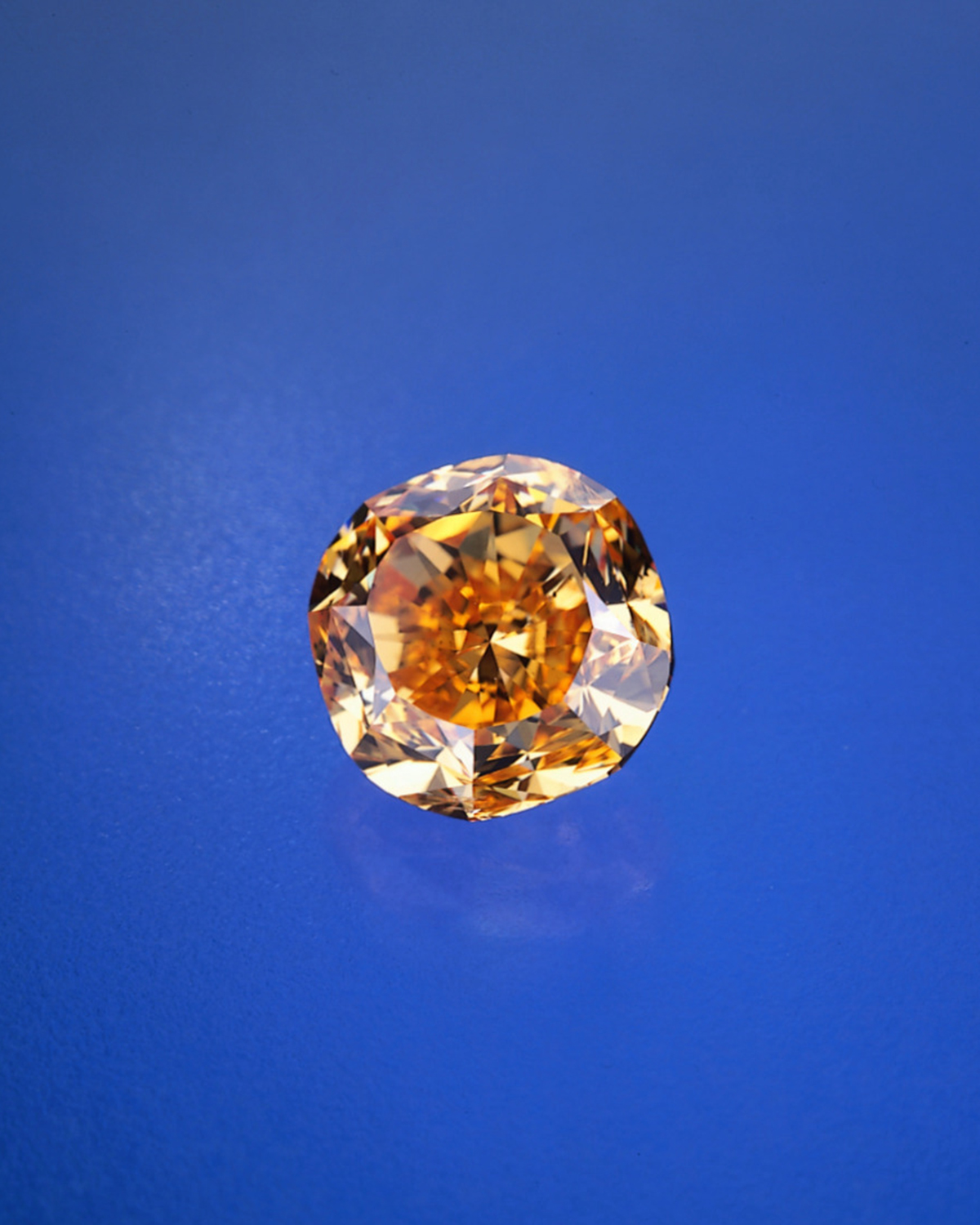
The Gemological Institute of America graded the stone, which stated at the time, “The Pumpkin diamond is one of the largest fancy vivid orange, naturally colored diamonds in the world.” William Goldberg‘s gamble had paid off. But where did The Pumpkin Diamond get its name? The now 5.54-carat cushion-cut diamond was auctioned by Sotheby’s on Halloween eve, 1997 and purchased by Ronald Winston of renowned New York jeweler Harry Winston. Its shape, color, and day of the purchase were no doubt Ronald Winston’s inspiration for the perfect name.
After its purchase, Winston designed a classic three-stone ring to set the remarkable stone, flanked by two smaller colorless diamonds. Actress Halle Berry later wore the ring in 2002 as she accepted her Oscar for Best Actress thanks to her role in the film Monsters Ball. In 2003, the Pumpkin Diamond was shown as part of the Smithsonian’s “Splendor of Diamonds” Exhibition, which is still recognized as one of the most remarkable displays of diamonds in history. An anonymous buyer purchased the ring from Winston in 2005 for reportedly over $3 Million.
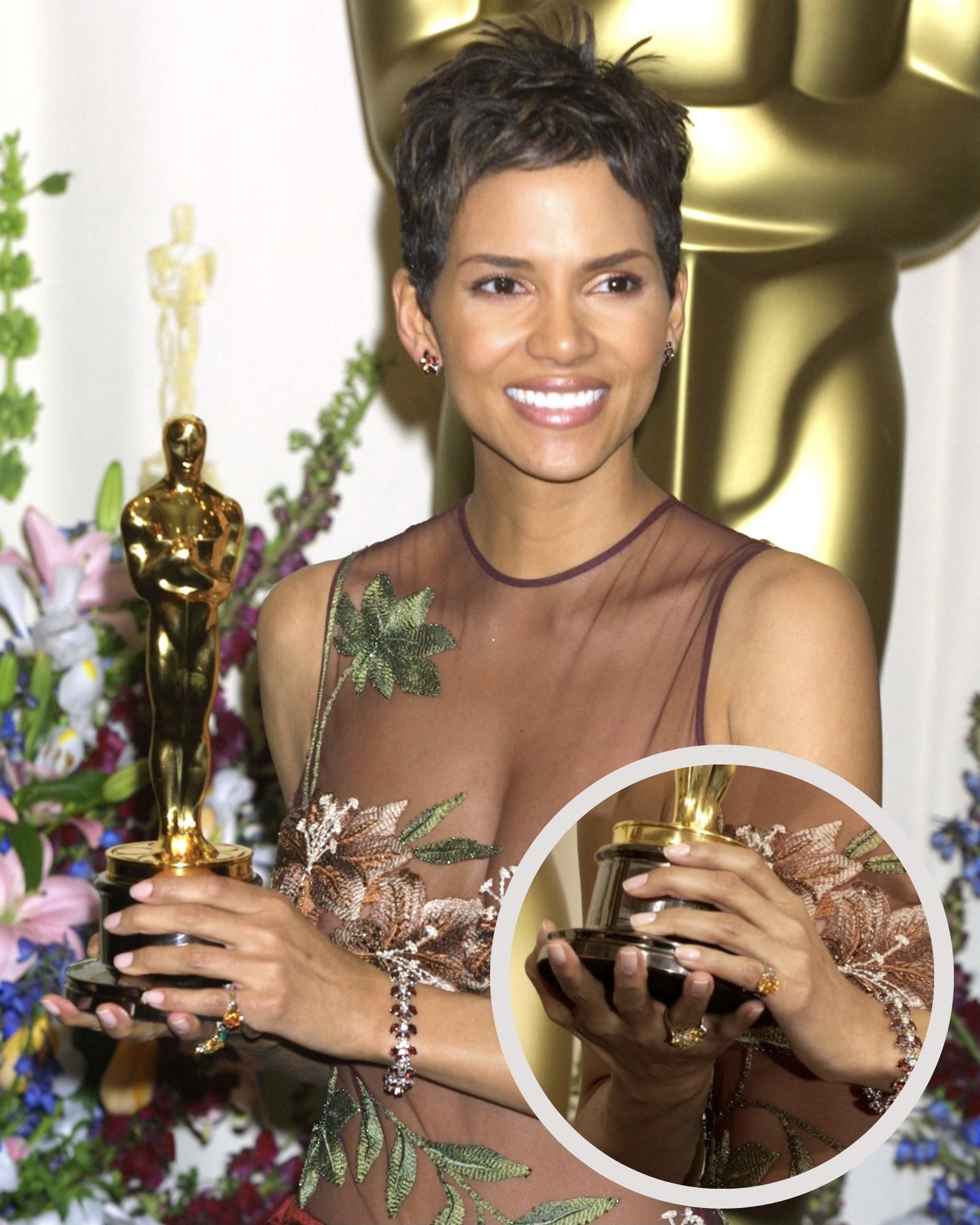
The Pumpkin Diamond remained the largest example of a fancy vivid orange diamond ever discovered until 2013 when mysteriously, a 14.82-carat fancy vivid orange pear shape diamond was announced to be auctioned at Christie’s. This miracle of nature is so unique it is simply named, The Orange Diamond. In an accompanying document to the grading certificate, the GIA said of The Orange Diamond, “Pure orange diamonds are exceptionally rare in nature. So few have been graded in the world that the origin of their color still bears a part of mystery. The present diamond is the largest Fancy Vivid Orange diamond graded by the GIA to date: ‘In the Laboratory’s experience, strongly colored diamonds in the orange hue range rarely exceed three or four carats in size when polished. (This diamond) is almost four times larger than that size range.” This extraordinary diamond sold in Christie’s Geneva auction in 2013 for more than $35 million, almost twice its original high estimate. It was purchased by a private collector who was present in the saleroom but still wishes to remain anonymous. Even though it sold in 2013, it remains in the top three most valuable stones per carat sold at auction and is the largest fancy vivid orange diamond ever to be discovered.

Although the cause of orange diamonds’ color is not fully understood, scientists know that nitrogen impurities play a big part. Like yellow diamonds, nitrogen impurities are incorporated in the diamond’s carbon lattice structure during formation deep within the earth. The arrangement and abundance of nitrogen impurities cause a range of yellow colors, from light to deep. The same is true for orange diamonds, except nitrogen absorption is found at a different, more uncommon wavelength. In addition to nitrogen, some orange diamonds are even thought to have color caused by ‘plastic deformation,’ the same cause of pink diamonds. The vast majority of orange diamonds have secondary hues of either red, pink, purple, or yellow. “Pure” orange diamonds, however, are almost as rare as fancy red diamonds.
Next time you are carving your Halloween pumpkin or crunching on the orange leaves outside, imagine the rarest orange that nature has given us, orange diamonds, and add them to the list of things that get you in the mood for the season.
